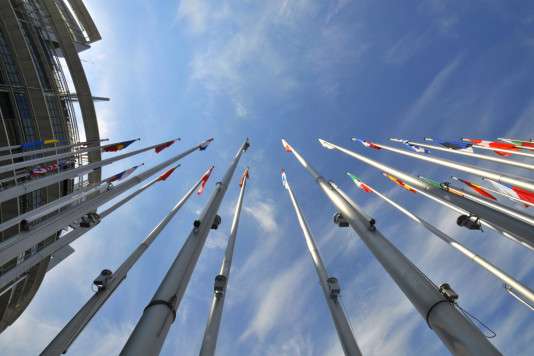We expect central banks to terminate their rate-hiking campaigns in the coming months, but they may continue to sound hawkish.
Frederik Ducrozet, Head of Macroeconomic Research Pictet Wealth Management.
In order to push back against a resurgence of rate cuts expectations, central bankers may have to keep threatening to hike rates even when they become more confident about the inflation outlook. A desire to hide any internal disagreements over the appropriate policy stance may explain why central banks’ communication has been somewhat confused lately. For example, in June Federal Reserve officials added two further 25 bps rate hikes to their ‘dot plots’ this year, but the Fed neither hiked rates nor committed to a July hike. The European Central Bank (ECB) and the Swiss National Bank (SNB) raised rates in June, but the upward revisions to their inflation projections were surprisingly large.
Overall, central banks will remain data dependent with the possibility that they overplay their hawkish stance as a communication trick to secure a ‘higher for longer’ baseline.
In a nutshell, our views about the path ahead for individual central banks are as follows:
We now see a final Fed hike of 25bp in July (bringing the fed funds rate up to 5.0-5-25%), after which we expect an extended pause in rates because of further signs of disinflation and economic downturn. The Fed will remain extremely data dependent but may have to maintain an implicitly hawkish bias to prevent markets from pricing in aggressive rate cuts. We do not expect rate cuts from the Fed this year.
Having hiked its deposit rate to 3.5% in June, the ECB looks certain to hike by a further 25bp this month. We now also expect a final 25bp increase in September—although it is a closer call than most observers believe as inflation momentum has been slowing. The ECB could hit the pause button after an eventual September hike, but we expect no rate cut before H2 24.W
e expect the Bank of England (BoE) to keep hiking rates in the coming months to restore its credibility, although we do not think it will deliver as much tightening as markets expect. After surprising markets with a 50bp increase in June, our central vies is that the BoE will hike rates by another 50bp in August, followed by a final 25bp move in September. This could bring the bank rate up to 5.75%. Nonetheless, our forecast for the BoE’s terminal rate is lower than market pricing given the possible loss of economic momentum and the chance that core inflation and wage pressures ease.
Like the ECB, the SNB raised rates by 25% in June, bringing its main policy rate up to 1.75%. We now forecast a final hike of 25bp in September given the somewhat hawkish SNB comments that accompanied the June rise, including the upward revisions to its forecasts for average annual inflation (to 2.2% in both 2023 and 2024).




